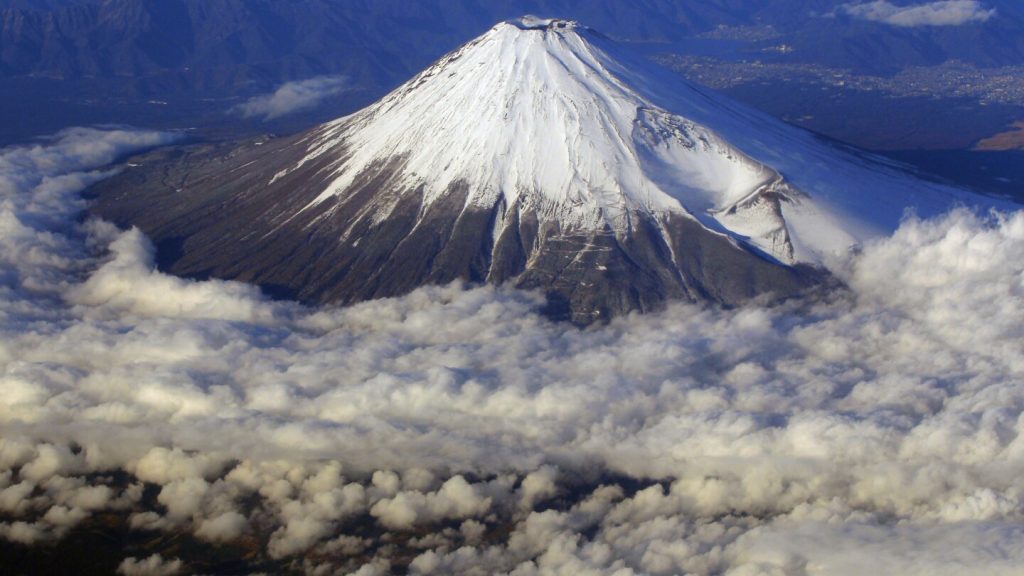Tokyo – The town of Fujikawaguchiko in Japan has recently erected a large black screen on a popular sidewalk spot to deter tourists from overcrowding and taking photos of Mount Fuji. A specific photo location outside a Lawson convenience store became known as “Mt. Fuji Lawson” as tourists would take pictures that made it appear as if the mountain was sitting atop the store roof. However, the townspeople were unhappy with the overcrowding, with visitors blocking the narrow sidewalk, taking photos on the busy road, and even walking into neighbors’ properties in pursuit of the perfect shot. Construction of the 2.5 meter high black mesh net along the sidewalk has now been completed.
Despite the restrictions in Fujikawaguchiko, tourists can still find other sweet photo spots in the Yamanashi prefecture, home to the Yoshida Trail, the most popular route to summit Mount Fuji. To manage overcrowding, littering, and safety risks during the Fuji climbing season, a booking system has been introduced. Only up to 4,000 climbers will be allowed to enter the trail per day for a hiking fee of 2,000 yen, with an option to donate an additional 1,000 yen for conservation. Only climbers with reservations for an overnight stay at huts along the trail are permitted to hike beyond the 5th station between 4 p.m. and 3 a.m. in order to prevent “bullet climbing” that endangers lives.
Mount Fuji, designated a UNESCO World Cultural Heritage site in 2013, was once a place of pilgrimage and is now popular among hikers who climb the summit to witness the sunrise. However, the issue of tons of trash being left behind, including plastic bottles, food, and clothing, has become a major concern. Over-tourism is also a growing issue at other popular tourist destinations in Japan, such as Kyoto and Kamakura. In 2019, Japan had over 25 million visitors, and the figures are expected to reach nearly 32 million by 2024, according to the Japan National Tourism Organization.
The efforts to manage crowds and protect the environment at Mount Fuji reflect a wider trend in Japan to address the negative impacts of tourism. The introduction of a booking system and restrictions on climbing times aim to balance the preservation of the natural beauty of the mountain with the desire for tourists to experience its iconic views. By implementing these measures, authorities hope to create a more sustainable and responsible approach to tourism that benefits both visitors and the local communities.
While some may be disappointed by the new restrictions on photographing Mount Fuji from the Lawson store sidewalk spot in Fujikawaguchiko, the town’s decision reflects the need to address the negative impacts of over-tourism. As Japan continues to attract millions of visitors each year, finding ways to manage crowds, reduce litter, and protect natural sites like Mount Fuji will be crucial for preserving these iconic destinations for future generations. The efforts to implement a booking system and restrict climbing times show a proactive approach to sustainable tourism that may serve as a model for other popular tourist destinations facing similar challenges.


